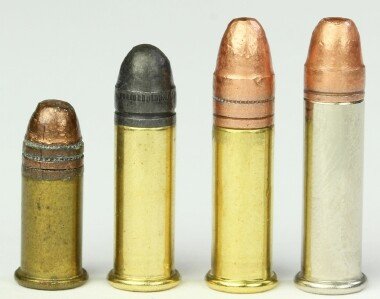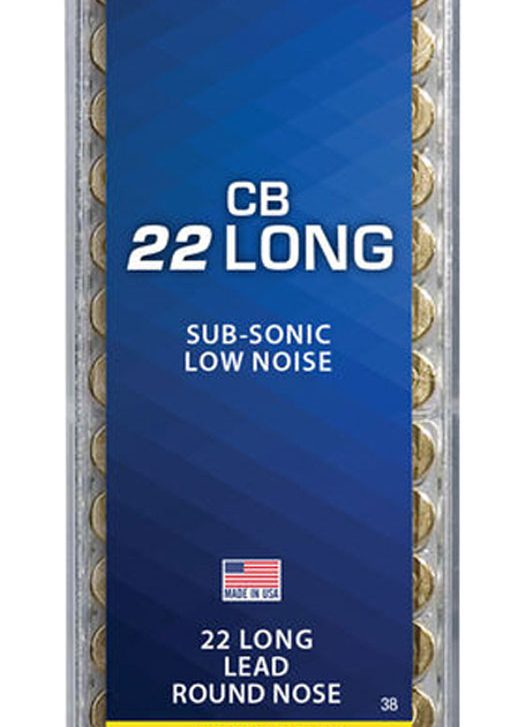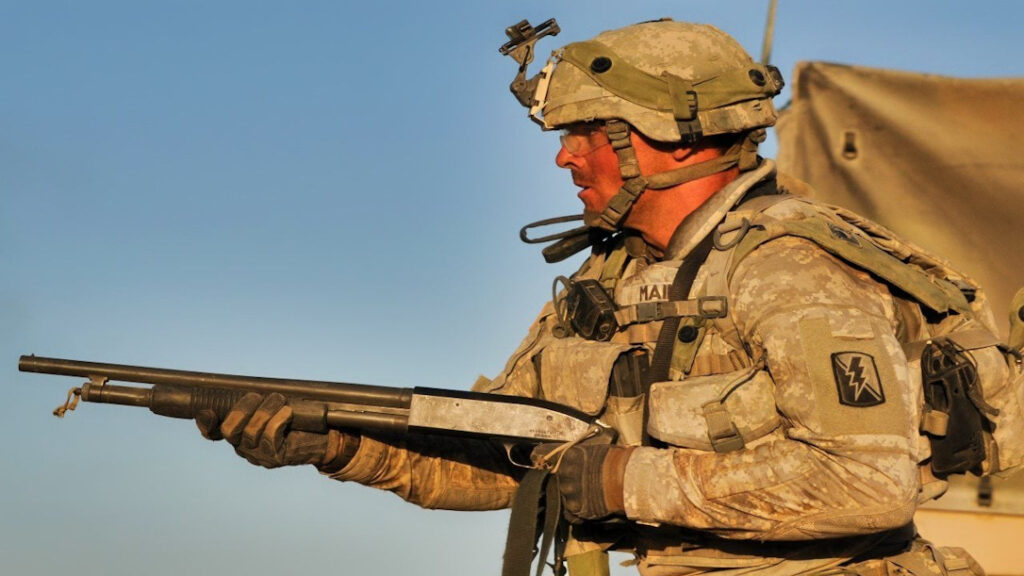The little .22LR might be the most popular round sound every year. I’m willing to bet more .22LR is sold than any other round on the market since most people buy them by the hundreds. The .22LR is the most popular of rounds, and even ole Short round still gets some love. Enough love that I can find it in Walmart. What about .22 Long, or the even more oft forgot Extra long?
These forgotten rimfire rounds are all in the same family of cartridges, and all came to be before the end of the 1800s. The late 1800s saw a boom in rimfire rounds. The metallic cartridge came to be during and right after the civil war, and rimfire were one of the more popular choices. As the industry moved toward centerfire cartridges, the littlest of cartridges remained rimfire mostly because there wasn’t enough room to fit a centerfire fire primer in the case.

Advertisement — Continue Reading Below
It all starts with the parlor guns of the era and the 6mm Flobert aka the .22 BB. Eventually, this evolved into the micro-sized .22 Short. This round was used for hunting, recreation, and even self-defense in early model S&W revolvers.
As time passed, the rounds became prominent for recreation and the hunting of small game. Thus, they added heavier bullets and more powder on top of longer cases to kill bigger small game and even serve in self-defense roles. This leads us to the two calibers in today’s discussion, the .22 Long and .22 Extra Long.
The .22 Long
The .22 Long evolved directly from the .22 Short. It first came to be in 1871. The original load was a 29-grain projectile on top of 5 grains of black powder. This was a 25% increase in power from the Short. The case was lengthened to .613 inches.
Advertisement — Continue Reading Below
The intent was for revolvers. In 1870 Rollin White’s patent for metallic cartridge revolvers expired, and everyone hopped on the train to produce metallic cartridge revolvers that loaded via the rear of the cylinder.
Colt specifically produced the Colt Open Top Pocket Model Revolver. At this time period, the .22 Short chambered S&W Model Ones were popular everywhere. Colt wanted something different and produced this high-quality revolver in this new .22 Long cartridge. It was more powerful than the .22 Short and allowed Colt to stand out.

Advertisement — Continue Reading Below
It wasn’t long until the cartridge made its way into rifles that it became quite popular. For nearly 10 years, it ruled the roost for those looking to dispatch squirrels and rabbits, or to have a convenient carry piece for self-defense.
The .22 Extra Long
In 1880 the rimfire arms race continued, and the .22 Extra Long found its way into existence. It was an immediate hit. Remington, S&W, Stevens, and Winchester all produced rifles in this new, feisty rimfire round. Shooters got a case that was .75 inches with 6 grains of black powder and a 40-grain projectile. It tossed the round at 1,050 feet per second. Hunters and riflemen got a nice heavy round for hitting larger animals at greater range. You weren’t deer hunting with an Extra Long, but many a coyote and rabbit likely met their end at the end of a .22 Extra Long.

Advertisement — Continue Reading Below
While it seemed like a good cartridge, it had some accuracy issues, and by 1887, the new Long Rifle round unseated it. Well, not at first. Admittedly once smokeless powder took over the more accurate LR round proved to be just as capable as the .22 Extra long with a shorter case and higher accuracy.
The Sweet Spot
The .22LR found the sweet spot for rimfire, .22 caliber cartridges. Its popularity has exploded to the point where another rimfire round will be unlikely to unseat it. However, its good to know where we came from, and rounds like the .22 Long and .22 Extra Long got us the Long Rifle round, and for that, they deserve a little credit.















